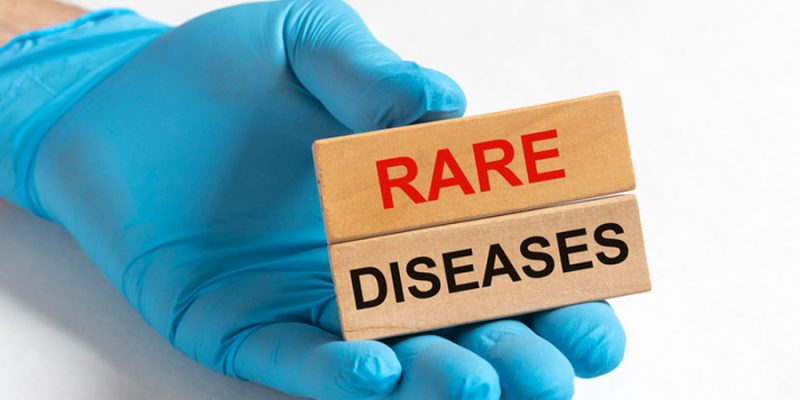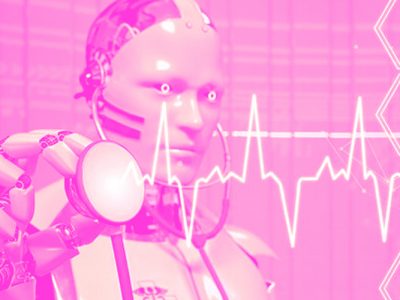
On this Rare Disease Day enrich yourself on how AI technologies are upfront at fighting rare diseases
Rare disease day is a day to raise awareness of the over 7,000 rare diseases that impact over 300 million people globally. Genetic mutations are the reason behind most rare diseases. Since they are very uncommon 95% of them lack an FDA-approved treatment coupled with the fact that proper identification of a rare disease takes an average of 4.8 years makes it very difficult to treat a rare disease.
Can Artificial Intelligence with the help of Machine Learning and Deep Learning solve this problem? Since there are many possible combinations in the genomic data, can AI assist us in identifying gene patterns, creating genomic modeling, treating a rare disease, and bringing down mortality?
Rare Diseases:
The underlying genetic mutations frequently result in differing degrees of disability in various bodily parts. In the majority of cases, these inherited modifications are also indicated by distinguishing facial characteristics, such as the form of the eyebrows, base of the nose, or cheekbones.
As per the Global Genes organization, a defective gene causes eight out of ten uncommon disorders, yet proper identification takes an average of 4.8 years. It is one of the reasons why 30 percent of youngsters with a rare disease will not live to be five years old. Because rare diseases are uncommon, many medical professionals barely notice them.
Where can AI help in the case of Rare Diseases?
The binding affinities of transcription factors, DNA as well as RNA-binding proteins, cis-regulatory/enhancer components, DNA methylation locations, histone modifications, chromatin accessibility, transcription start sites, tissue-regulated splicing, special gene expression and translation efficacies, transcriptome patterns in a specific cell or condition, microRNA precursors and binding targets, variant calling, and functional consequences of non-coding variants can all be predicted using AI. Long noncoding RNAs may be identified by AI, as can protein-coding DNA sequences and DNA probes of protein binding microarrays. Deep learning appears to be the ideal technique to examine various data sources and accomplishes genomic modeling jobs as the amount of genomic data rises exponentially; yet, the prediction of complicated human disease phenotypes is still far from mature.
Firms already using AI in rare diseases:
Several firms are creating platforms that use AI to detect genetic mutations at the core of rare diseases. Emedgene is one of the most intriguing of them. Israel-based company has developed a platform that can not only scan a patient’s DNA data file but also read current medical literature using natural language processing (NLP). Emedgene’s platform can then look for established links between a patient’s genetic variations and their ailment, speeding up the diagnosing process.
Fabric Genomics, based in San Francisco and uses artificial intelligence to perform a range of genetic tests. Its algorithms have been licensed by over 1,000 clinical laboratories & academic institutions across the world. It may be used to look for genetic variations that are likely to have caused a rare disease.
AI in Alzheimer’s disease:
For huge data analysis of large complex systems, AI technology, particularly machine learning algorithms, has proven to be effective. Machine learning is now being applied in research of Alzheimer’s disease diagnosis and prognosis based on genetic data, genetic variation analysis, gene expression profile, gene-gene interaction in Alzheimer’s disease, as well as genetic analyses in Alzheimer’s disease using a knowledge base.
Gene expression patterns in brain cells can be altered by genetic variants alone or in conjunction with environmental influences, resulting in aberrant protein metabolism and, ultimately, pathological alterations in Alzheimer’s disease. Changes in gene expression levels in brain cells can help researchers find critical genes and pathways linked to Alzheimer’s disease pathogenesis that might be used as therapeutic targets. A thorough picture of the transcriptome in cell or tissue samples may be obtained using high-throughput microarray & RNA-sequencing (RNA-Seq) built on next-generation sequencing technologies. They are unable to get meaningful information on the biological processes of a given disease because of the high dimensionality & complexity of the data. As a result, numerous researchers have moved their data analysis from traditional statistical approaches to machine learning methods, exposing complicated biological traits more efficiently.



















